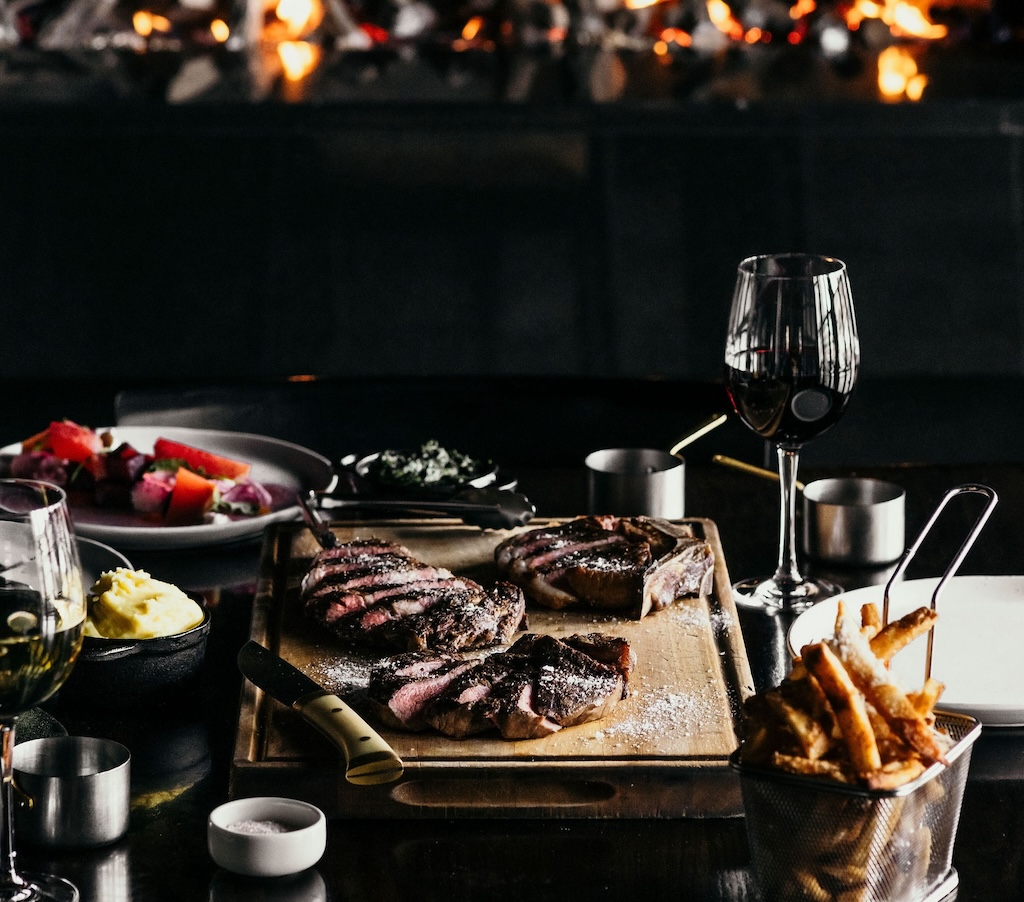The Language of Wine

By wine writer Alan Brady
Had you attended the opening session of the 2020 Central Otago Pinot Noir Celebration in Wanaka recently you could have been excused for thinking you had turned up at the wrong event. With no wines on show, renowned New Zealand poet Brian Turner launched the celebration with readings from some of his work, followed by another local poet Annabel Wilson and author John Saker.
In due course wines made their appearance but the literary theme continued throughout the three days of tasting and conviviality with a final summing up coming in the form of a freshly written sonnet by Irish wine writer and poet Judy O’Kane and a few evocative verses penned by the chair of the celebration Christopher Keys.
It was Robert Louis Stevenson who said “wine is bottled poetry” and with a double degree in English and Russian Literature to bolster his winemaking qualifications Keys, who is chief winemaker at Gibbston Valley Wines, was determined to steer this year’s event down the path of metaphor and romance which is inextricably linked with the sensory experience of wine. Language is critical when it comes to translating and sharing our perceptions of wine in all its styles and varieties and places of origin.
The language used can sometimes seem pompous and confusing to someone new to wine making them hesitant to express their opinion in the presence of those they see as sophisticated “experts”. By way of encouragement I always point out that what they taste and smell is always correct. The words they use may not be in the popular lexicon of wine but however simplistic the description, it reflects what they have just experienced and therefore is legitimate.
So much of what we taste or smell in wine relates to memories associated with other foods, flowers and fruits. Some of this is no accident. When we describe wines as having the aroma or taste of raspberries, cherries or strawberries (Pinot Noir), or apples (typically Riesling or maybe Chardonnay), it’s because grapes share chemical compounds known as esters with those fruits.
If we think Sauvignon Blanc has the character of cut grass or capsicum, it’s not because the winemaker has cleverly blended some of these ingredients. The link is pyrazine, an aromatic organic compound that has the vegetable-like smells we associate with grass and peppers.
While some fruits such as apples have a natural abundance of esters, most of those found in wine are created during fermentation. They are at their most potent when the wine is young and will generally fade. Other aromatic compounds such as thiols and terpenes are longer lived and can give us clues as to the wine’s grape variety or region of origin.
But the enjoyment of wine doesn’t have to involve critical analysis or a chemistry degree. R.L Stevenson’s notion of “bottled poetry” is a much more accessible and romantic approach. Good poetry and wine should engage both emotions and intellect. As we sniff and swill, as the words of a poem flow teasingly across the palate of the mind in search of meaning – the reward in both cases can be a moment of enlightenment.



